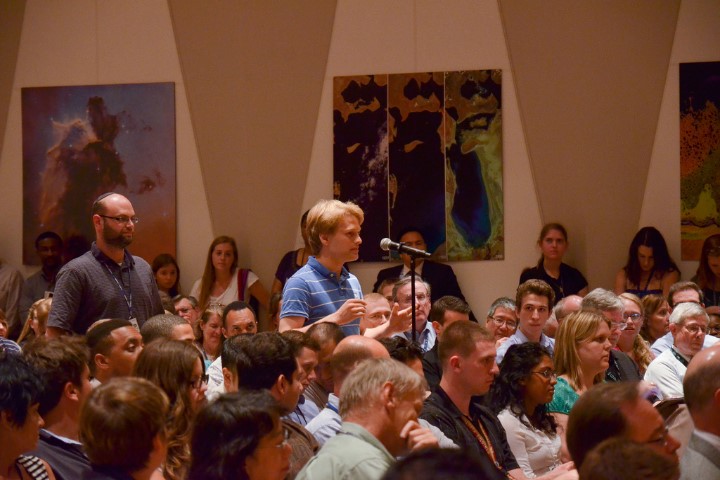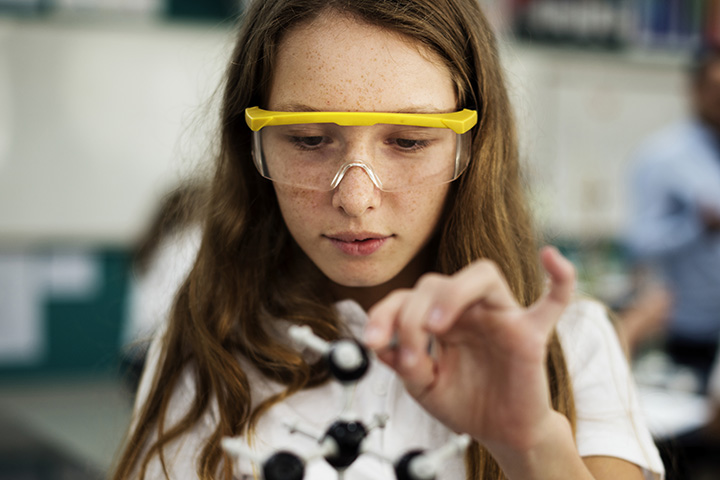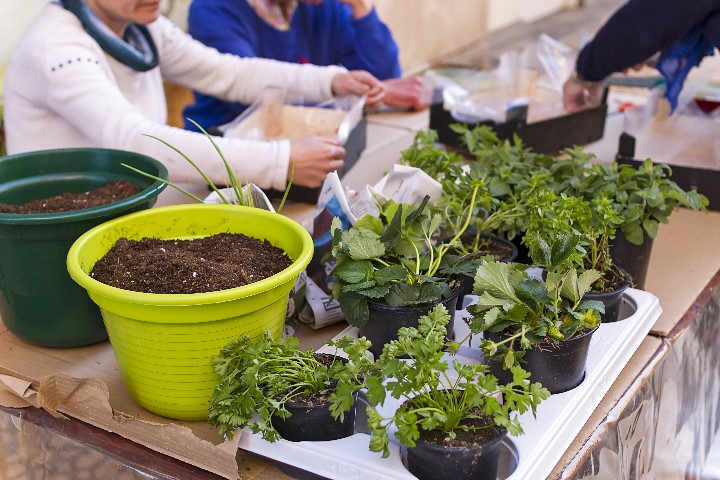A student at St. Louis de Monfort Academy in Herndon, Pennsylvania is pointing to moral issues in America as the root cause of school violence, and he’s explaining why he doesn’t think new gun control laws will help the situation.
Student Gregory O. Murphy recently penned a letter to the editor of The Daily Item to highlight why he believes student walkouts across the country to call for gun control in the wake of school shootings is a misguided mission.
“Seeing the reactions from a few schools around America, as a student from St. Louis de Monfort Academy, I believe that the school walkouts are a wrong way of trying to solve the problem,” Murphy wrote. “All of us realize the tragedy of these killings, and we don’t want to see it happen again.
“However, more gun laws won’t solve the problem,” Murphy argued.
This view will be seen as shocking to many, for the default position today is that politics is the first recourse to solving social problems. And yet social science shows that “the amount of law that exists in any society is always inversely related to the coherence and stability of its common culture: law increases as cultural consensus decreases.” Institute for Advanced Studies in Culture Professor James Hunter of the University of Virginia warns, “It is only logical that problems affecting the society are seen increasingly, if not primarily through the prism of the state; that is, in terms of how law, policy, and politics can solve them…. This is the heart of politicization and it has gone so far as to affect our language, imagination, and expectations.” In fact, the reality of these pressing social concerns is often beyond the simple solution of passing more laws. Character and culture also play a decisive role in ways that are often overlooked.
Murphy contends school violence is a moral issue with roots in government and politics, largely guided by a modern society that’s lost focus on the true purpose of life. He pointed to a recent column by author and scholar John Horvat II, published in Crisis Magazine shortly after the most recent school shooting in Parkland, Florida that left 17 people dead in February.
Murphy wrote:
John Horvat II, author of “Return to Order,” puts it well saying in his article “When Will the Shooting Stop?,” that “the nihilistic nature of these dark crimes signals a much deeper problem that strikes at the foundation of modern society.” He continues showing how these mass shootings are the result of a liberalism, which deprives life of purpose, because truly “Nothing makes sense without God.” Without God, there is no longer anything stopping people from evil. Mr. Horvat continues that, “When taken to its final consequences, liberalism presents a despairing worldview, in which man is the product of random causes inside an unintelligible universe.”
Murphy concludes that student walkouts, more gun control laws, and more government intervention will undoubtedly do little to curb violence in schools, particularly school shooters.
“ …(W)e need to change our mentality,” he wrote.
“We have to realize that big problems are only solved with big solutions. We should first address the moral issues,” Murphy continued. “While this is not dealt with, we can only expect the shootings to continue.”
Teachers and principals interested in strengthening the moral culture of their school can find information and support at the UK’s Jubilee Centre.









